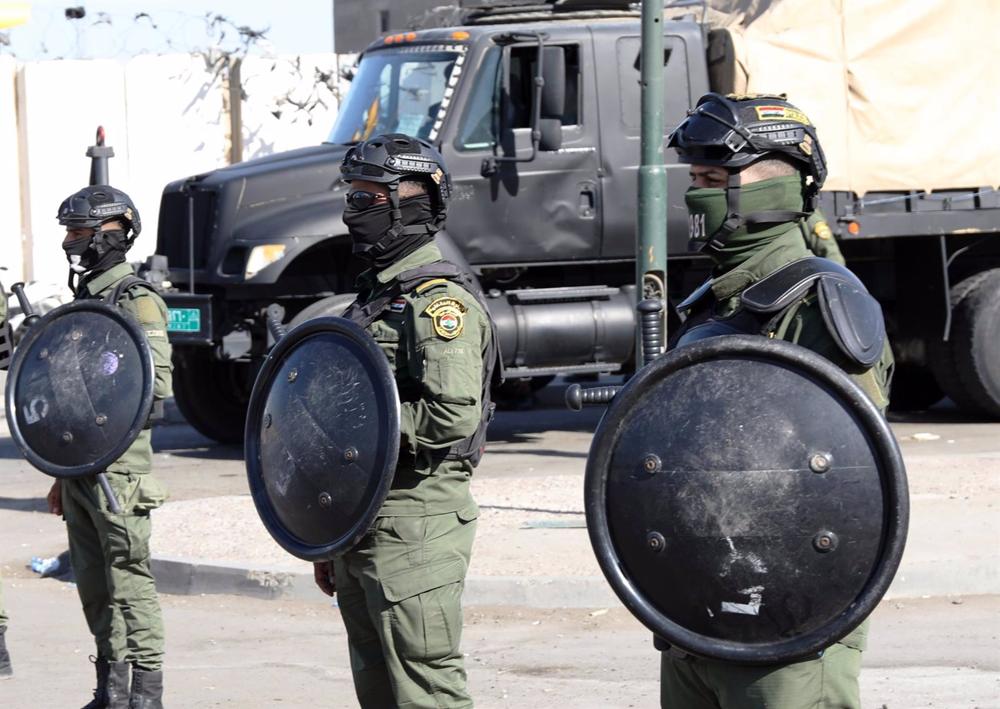
Poland’s Institute of National Remembrance (IPN) reported Thursday that they are carrying out work to remove monuments erected in honor of the Soviet Union’s Red Army in four cities, in line with other countries that have rushed to do away with such tributes in response to the Russian invasion of Ukraine eight months ago now.
The director of this organism, Karol Nawrocki, has justified the removal of these statues as part of the policies of elimination of any vestige that remembers the passage of the Red Army through Poland, whose capital, Warsaw, arrived on January 17, 1945, thus putting an end to the Nazi domination.
«Let us emphasize that we absolutely cannot consent in any way to any form of commemoration of the totalitarian communist regime and the people who served it,» Nawrocki emphasized during the dismantling of one of these monuments located in the town of Glubczyce (south).
In this case, it is an obelisk with a sculpture of a Soviet soldier erected in 1945 in one of the parks of this city to remember the soldiers of the Red Army fallen in the fight against the Nazis in the district of Glubczyce.
Nawrocki assured that these monuments are not only «symbols» of that system that after 1945 «subdued half of Europe» and «murdered Polish workers and the anti-communist opposition», but also today «inspire» the leaders of today’s Russia, «responsible for the war in Ukraine».
For Nawrocki the removal of these tributes goes beyond the symbolic, as it also has an educational sense, since «they are monuments to the glory of soldiers who should be condemned» and «successive generations remain in deep ignorance» about «slavery» allegedly exercised by the Red Army.
In addition to the one in Glubczyce, three other monuments have been removed on Thursday, one of them located in the neighboring town of Byczyna, and two more in Bobolice (north) and Staszow (south). According to the IPN of the 500 memorials that were erected as a sign of gratitude during the Soviet past, about 30 are still standing.
The fate has been mixed since then for all these tributes. Some have been vandalized before demolition, while others have been able to be preserved in museums because of their historical value. In the case of the Soviet cemeteries, they are still standing under state funding.






